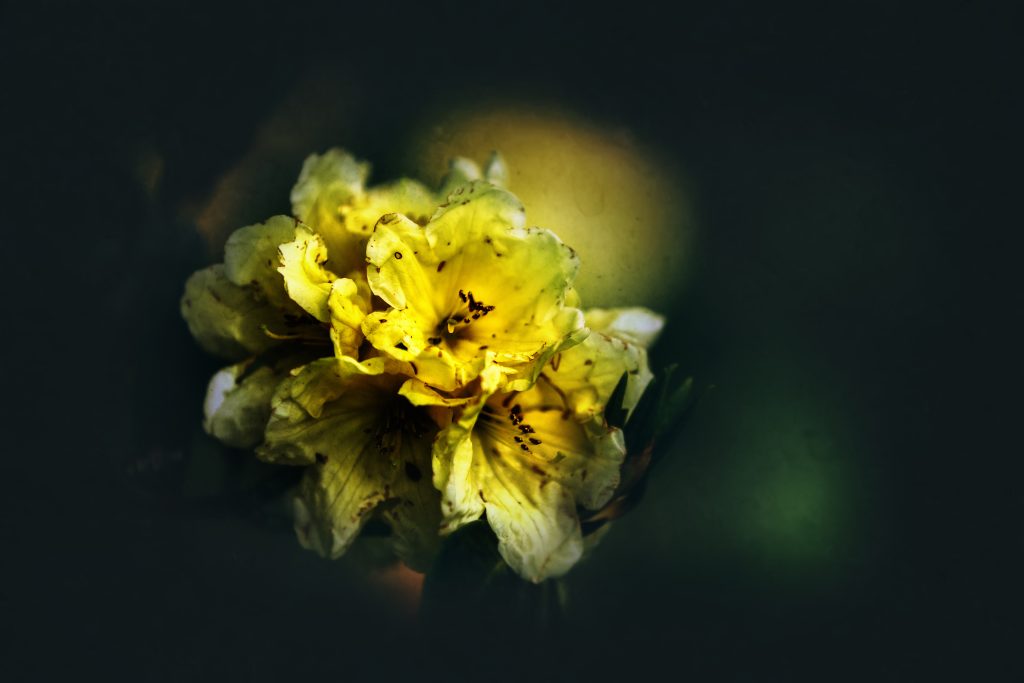 South Island Sunset – Buy or view the Ōtepoti | Dunedin gallery
South Island Sunset – Buy or view the Ōtepoti | Dunedin gallery
The ferry docked in Picton on a stunning day. All the little bays and inlets that made up the Marlborough Sounds near Picton looked ideal for swimming and soaking up the sun. Driving off the ferry, it was the type of day that made me realise why so many people decide to spend an extra day or two in the area.
Once off the ferry I stopped to refuel both the car and myself before starting the 692km journey home. Leaving Picton, I passed by Mount Pleasant, Koromiko and Spring Creek before taking the wrong exit at a roundabout in Blenheim, eventually finding the correct road that took me through the Weld Pass and on to Kaikoura.
It was somewhere along the Kaikoura coast, near the famous food truck Nin’s Bin that I started randomly pondering about the sights that I was passing. This led me to the conclusion that it’s amazing what you remember that you forget when you’re looking out a window. It also led me to several observations about driving in New Zealand:
Keeping left unless overtaking in a passing lane is apparently quite hard.
Fields of Rapeseed are very pretty but have such an unfortunate name.
The three waters bill doesn’t appear to be very popular.
You can always tell buildings that were once a petrol station.
Fonterra trucks turn often.
There are plenty of places to buy bales of hay and horse poo.
If we are living in the digital age, how come there are parts of State Highway 1 where I can’t get coverage?
State Highway 1 is no place for a restored steam tractor to be towing a caravan and a car, no matter how lovely and old it is.
Snow capped peaks and high mountain ranges that sit on the edge of the horizon alway look lonely yet strangely enticing.
I love the sight of Dunedin from the Northern Motorway when you’re travelling south.
 Merton – Buy
Merton – Buy 








 A waterfall in the Otira Gorge by Petrus van der Velden –
A waterfall in the Otira Gorge by Petrus van der Velden – 









 Pontic Rhododendron –
Pontic Rhododendron – 








